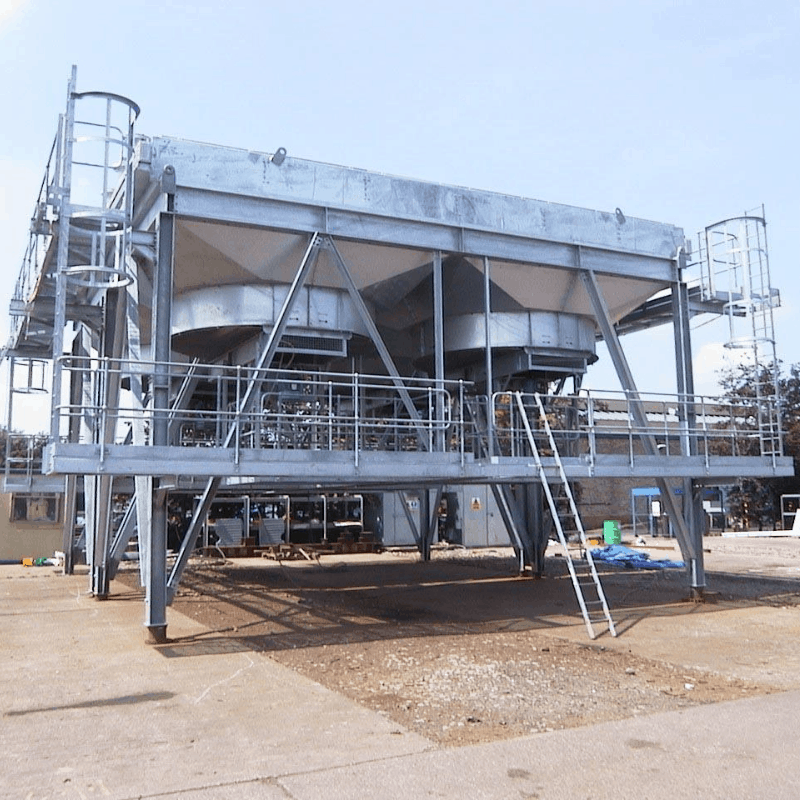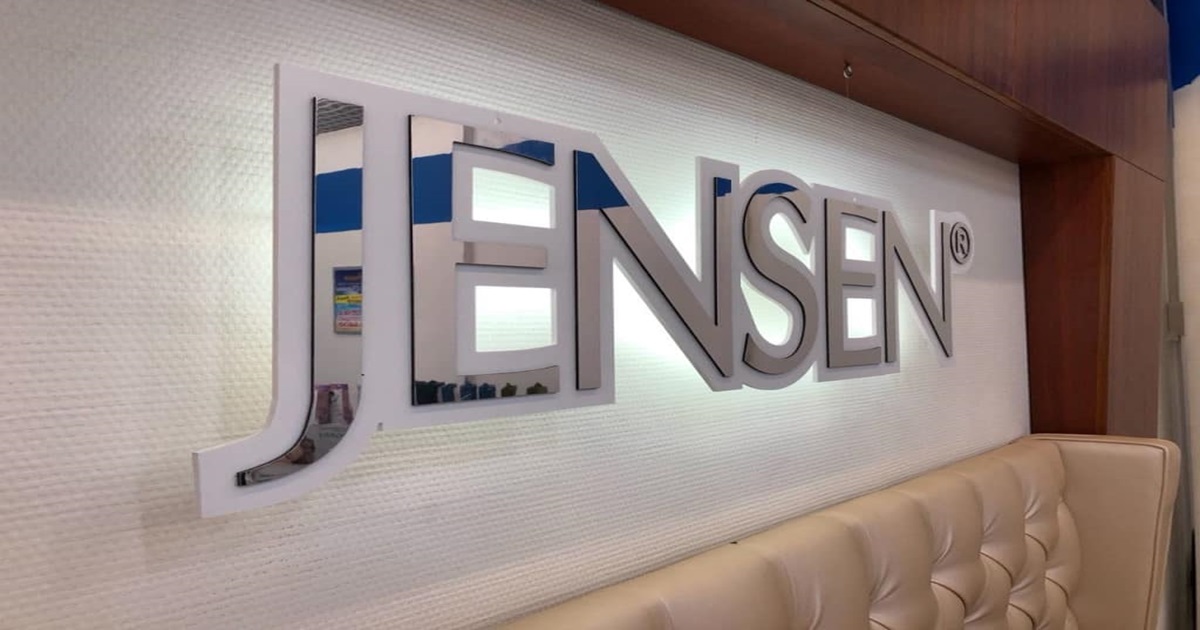In the ever-evolving landscape of industrial processes and energy management, the pursuit of thermal efficiency has become a paramount objective. Among the myriad technologies that have revolutionized heat transfer operations, fin fan heat exchangers stand out as a versatile and highly effective solution. These ingenious devices have garnered widespread acclaim for their exceptional cooling capabilities, compact design, and adaptability, making them indispensable components across numerous industries. In this comprehensive article, we delve into the intricacies of fin fan heat exchanger, exploring their construction, operating principles, and the multitude of benefits they offer.
Understanding Fin Fan Heat Exchangers
At the core of a fin fan heat exchanger lies a series of finned tubes, meticulously arranged in a compact configuration. These finned tubes are designed to maximize the surface area for heat transfer, while a fan or blower system facilitates the flow of air across the fins. The combination of the finned tubes and forced air circulation creates an efficient cooling system, capable of dissipating large amounts of heat energy.
One of the key advantages of fin fan heat exchangers is their modular design, which allows for easy expansion or reconfiguration to accommodate changing process requirements. This adaptability makes them highly versatile solutions, capable of handling a wide range of operating conditions and cooling demands.
Operating Principles: Maximizing Heat Dissipation
Fin fan heat exchangers operate on the principle of forced convection, where the hot fluid (typically a liquid or gas) flows through the finned tubes, while the fan or blower system forces air across the fins, facilitating heat transfer from the hot fluid to the cooler air. The increased surface area provided by the fins greatly enhances the heat transfer rate, resulting in efficient cooling.
The compact nature of these exchangers, combined with the forced air circulation, ensures effective heat dissipation within a relatively small footprint. This design characteristic contributes to their high thermal efficiency, making them ideal for applications where space constraints or weight limitations are critical factors.
Benefits and Applications
- Efficient Cooling: Fin fan heat exchangers excel in their ability to dissipate heat effectively, providing reliable cooling solutions for a wide range of applications.
- Compact Design: With their space-saving configuration, these exchangers offer a compact footprint, making them suitable for installations where space is at a premium.
- Versatility: Fin fan heat exchangers can handle a wide range of fluids, temperatures, and cooling demands, allowing for diverse applications across multiple industries.
- Low Maintenance: The modular design and easy access to the finned tubes simplify maintenance and cleaning procedures, reducing downtime and associated costs.
- Scalability: The ability to add or remove finned tube sections allows for easy capacity adjustments, ensuring optimal performance and adaptability to changing cooling requirements.
Fin Fan Heat Exchanger’s Applications
Fin fan heat exchangers have found widespread applications across various industries, including:
- Power Generation: In power plants, fin fan heat exchangers are employed for cooling systems, condensers, and heat recovery units, ensuring efficient and reliable operations.
- HVAC and Refrigeration: These exchangers play a crucial role in heating, ventilation, air conditioning, and refrigeration systems, facilitating effective heat dissipation and maintaining desired temperature levels.
- Chemical Processing: The chemical industry relies on fin fan heat exchangers for cooling processes, heat recovery, and temperature control in various chemical reactions and processes.
- Automotive and Transportation: Fin fan heat exchangers are essential components in automotive cooling systems, ensuring efficient heat dissipation from engines and other critical components.
- Industrial Machinery: Various industrial machinery and equipment, such as compressors, generators, and turbines, utilize fin fan heat exchangers for effective cooling and temperature regulation.
Advancements and Future Outlook
As industries continue to prioritize energy efficiency and sustainable practices, the demand for fin fan heat exchangers is expected to grow. Ongoing research and development efforts are focused on optimizing fin designs, exploring new materials, and enhancing overall performance.
One notable advancement is the integration of advanced control systems and variable-speed fans, which allow for precise temperature regulation and energy-efficient operation. By modulating the fan speed based on cooling demands, these systems can significantly reduce energy consumption while maintaining optimal cooling performance.
Additionally, the incorporation of environmentally friendly refrigerants and the development of more compact and lightweight designs are ongoing areas of research, aimed at reducing the environmental impact and improving the versatility of fin fan heat exchangers.
Conclusion
In the relentless pursuit of thermal efficiency and sustainable industrial operations, fin fan heat exchanger have emerged as true game-changers. Their compact design, exceptional cooling capabilities, and versatility have made them indispensable components across a wide range of industries. From power generation to HVAC and refrigeration, chemical processing to automotive applications, these remarkable devices continue to push the boundaries of heat dissipation and temperature control, ensuring optimal resource utilization and minimizing environmental impact. As technology continues to advance and industries strive for greener and more cost-effective solutions, the role of fin fan heat exchangers will only become more pivotal. With their scalability, adaptability, and ease of maintenance, they offer a future-proof solution that can evolve alongside changing cooling requirements and sustainability goals. Ultimately, fin fan heat exchangers represent a testament to human ingenuity and the ongoing pursuit of thermal efficiency, paving the way for a more energy-conscious and environmentally responsible industrial landscape.



